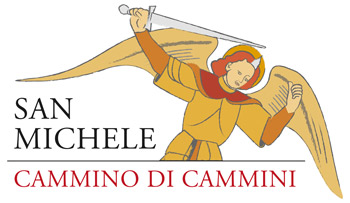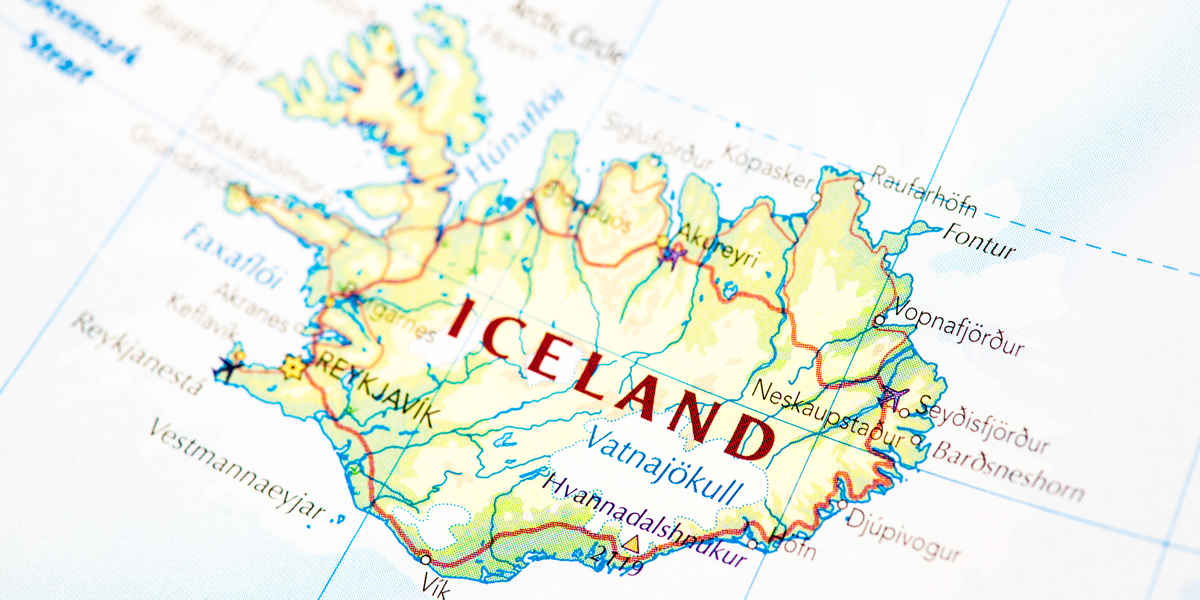Iceland
Saint Michael the Archangel played a decisive role in the religious transformation of Iceland, especially in relation to its official conversion to Christianity in the year 1000.
The cult of Saint Michael spread primarily through medieval confraternities, but also through sagas like the one from 1350, which integrated the figure of the Archangel with local traditions. The paths connecting the places of worship of Saint Michael represent a historical and cultural heritage that marks the transition from paganism to Christianity.
In Iceland, several places of worship are linked to the cult of Saint Michael. For example, the church of Þingeyrar, one of Iceland’s oldest medieval churches, is dedicated to Saint Michael and represents an important spiritual center in the country. Additionally, Skálholt, one of the main religious centers in medieval Iceland, had a church dedicated to Saint Michael, which was one of the most important places for the Christian community in Iceland. The Cathedral of Saint Michael in Hólar is another example of an important religious site in Iceland, where the cult of Saint Michael developed since medieval times.
Other places linked to the cult of Saint Michael include the church of Stafholt, an ancient religious site that, although less known, was for centuries a landmark for Icelandic pilgrims. Also, the church of Víðimýri, located in the north of Iceland, is another example of a religious building that preserves traces of the cult of Saint Michael.
These places, along with many other medieval churches dedicated to Saint Michael, represent the heart of Iceland’s Christian tradition.
The recovery of these historical sites, such as medieval churches and places connected to Saint Michael, is essential to keep the historical memory alive and promote the enhancement of the country’s religious culture. The preservation of these sites is crucial for cultural tourism, which helps strengthen the bond between history, faith, and tradition.


